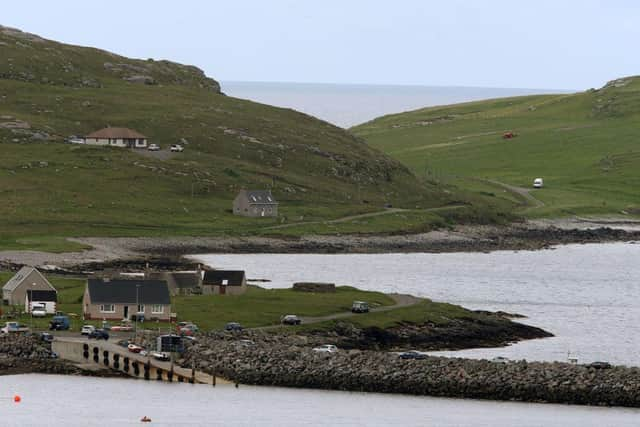Met Office storm names 2022: These Scottish names appear along with a Lord of the Rings favourite
More than 10,000 suggestions were submitted to forecasters for the classification of the strongest weather systems likely to hit the UK, Ireland and the Netherlands over the next twelve months.
The public submitted the names of friends, family members, pets and places for consideration by the Met Office, its Irish counterpart Met Eireann and Dutch national weather forecasting service the Royal Netherlands Meteorological Institute (KNMI).
Advertisement
Hide AdAdvertisement
Hide AdAmong those chosen was Logan, a name of Scottish origin that was submitted by several parents and grandparents - including those of one boy who “runs through the house like a tornado” and another who is “as quick as lightning” when playing as a goalkeeper.
The Scottish island of Barra, in the Outer Hebrides, also made the list - perhaps in a humorous reference to the climate there.
The first storm of the list, which runs from September 2021 to the end of August 2022, will be called Arwen, a name thought to be of Welsh origin and popularised by JRR Tolkien’s Lord Of The Rings books.
Other names on the list – which does not use names beginning with Q, U, X, Y or Z – include Corrie, Dudley, Eunice, Franklin, Gladys, Herman, Imani, Jack, Kim, Meabh, Nasim, Olwen, Pol, Ruby, Sean, Tineke, Vergil and Willemien.
The naming of storms – which is now in its seventh year in the UK, Ireland and the Netherlands – aims to raise awareness of the potential impact of severe weather events and help people to stay safe and protect themselves and their property before the storm arrives.


Storms will be named when they are deemed to cause medium or high impacts from strong winds, rain or snow.
Will Lang, head of the National Severe Weather Warning Service at the Met Office, said: “We’re all aware of some of the severe weather that has been witnessed across Europe and globally in recent months and we work to use any tool at our disposal to ensure the public is informed of potential risks, and naming storms is just one way we do that.”
A message from the Editor:
Thank you for reading this article. We're more reliant on your support than ever as the shift in consumer habits brought about by coronavirus impacts our advertisers.
If you haven't already, please consider supporting our trusted, fact-checked journalism by taking out a digital subscription.
Comments
Want to join the conversation? Please or to comment on this article.